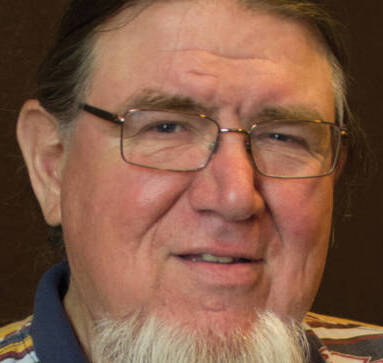After decades of work and millions of dollars of restoration work, one of our region’s threatened salmon runs is showing encouraging signs of recovery — summer chum that return to the Hood Canal and Strait of Juan de Fuca. Hood Canal summer chum are among several distinct salmon populations in the Pacific Northwest that have declined significantly as a result of degraded habitat conditions and ongoing effects of climate change.
The lowest returns occurred in 1989 and 1990, when there were fewer than 1,000 summer chum returning to the Hood Canal and Strait of Juan de Fuca. But thanks to recovery work by treaty tribes and our partners in the Hood Canal Coordinating Council, we have seen an average return of more than 30,000 summer chum over the past 15 years.
The work doesn’t stop here. Stewarding the salmon that sustain our way of life never ends. But the success of our restoration work is something to celebrate.
No other Pacific salmon has come close to achieving this much progress toward recovery, largely because no matter how much we reduce harvest and no matter how many hatchery fish we release, it is nearly impossible to reverse human destruction of salmon habitat, especially in urban areas. Without quality spawning and rearing habitat, salmon populations can’t sustain themselves.
Along the Hood Canal and Strait of Juan de Fuca, it has been a different story. The Hood Canal Coordinating Council (HCCC) is a council of governments that is made up of the Skokomish Indian Tribe, Port Gamble S’Klallam Tribe, and Jefferson, Kitsap and Mason counties. HCCC works with many entities, including state and federal agencies, fish enhancement groups, land trusts and nongovernmental organizations.
We have been steadily working together to rebuild summer chum runs by providing healthy habitat and removing some of the obstacles that keep fish from reaching the streams to spawn.
These obstacles didn’t occur naturally. They are the result of people altering the landscape to accommodate their interests at the expense of the ecosystem. Tribes have been at the forefront of reversing this trend to benefit salmon recovery. The Skokomish Tribe spent decades restoring the Skokomish Estuary, returning 1,000 acres of farmland and connected habitat back into an estuary that had been used by the tribe before the 1900s.
Starting in 2007, the tribe removed a mile-long dike parallel to Kwakwachalko (formerly known as Nalley Slough, named for the former property owner), to allow natural tidal flow into the estuary, recreating natural fish habitat adjacent to the Skokomish River.
Another example is the Jimmycomelately Creek restoration led by the Jamestown S’Klallam Tribe. Work began in 2002 with channel realignment and included replacing the Highway 101 bridge and diverting the existing creek flow to restore 25 acres of habitat at the mouth of the creek in Sequim Bay. Prior to this work, only seven adult summer chum returned to Jimmycomelately in 1999.
While the work was being done, a state-led recovery program kept the population on life support, by collecting adult salmon to spawn and raising the eggs in hatchery facilities before release. Over the past 15 years, Jimmycomelately Creek has had an average annual return of nearly 3,000 summer chum.
On the east side of the Olympic Peninsula, data from the Port Gamble S’Klallam Tribe’s 2014 intensive salmon habitat study supported the nonprofit North Olympic Salmon Coalition’s work to replace an inadequate culvert that blocked salmon access to 2,300 acres of nearshore habitat for more than 75 years. A new 450-foot-long bridge connects Kilisut Harbor to Oak Bay, creating a corridor for out-migrating juvenile salmon to reach the ocean.
The North Olympic Salmon Coalition also restored the tidal connection to 22 acres of estuary and created 1.3 acres of new inter-tribal habitat in Discovery Bay in 2019 by removing railroad dikes and trestles, constructing new channels and planting native vegetation.
Each of these projects cost millions of dollars and required cooperation among dozens of agencies and organizations. They also took time, which is why hatchery programs are so essential to preserve threatened salmon runs until habitat can be restored.
To build on this work and improve summer chum’s resilience, federal, state and local governments must make sure regulatory agencies support habitat recovery, rather than contribute to ongoing degradation.
This is the commitment required from all of us to bring a salmon population back from the brink, and to continue to protect and restore them for the next seven generations.
Ed Johnstone is chairman of the Northwest Indian Fisheries Commission. See nwifc.org.



